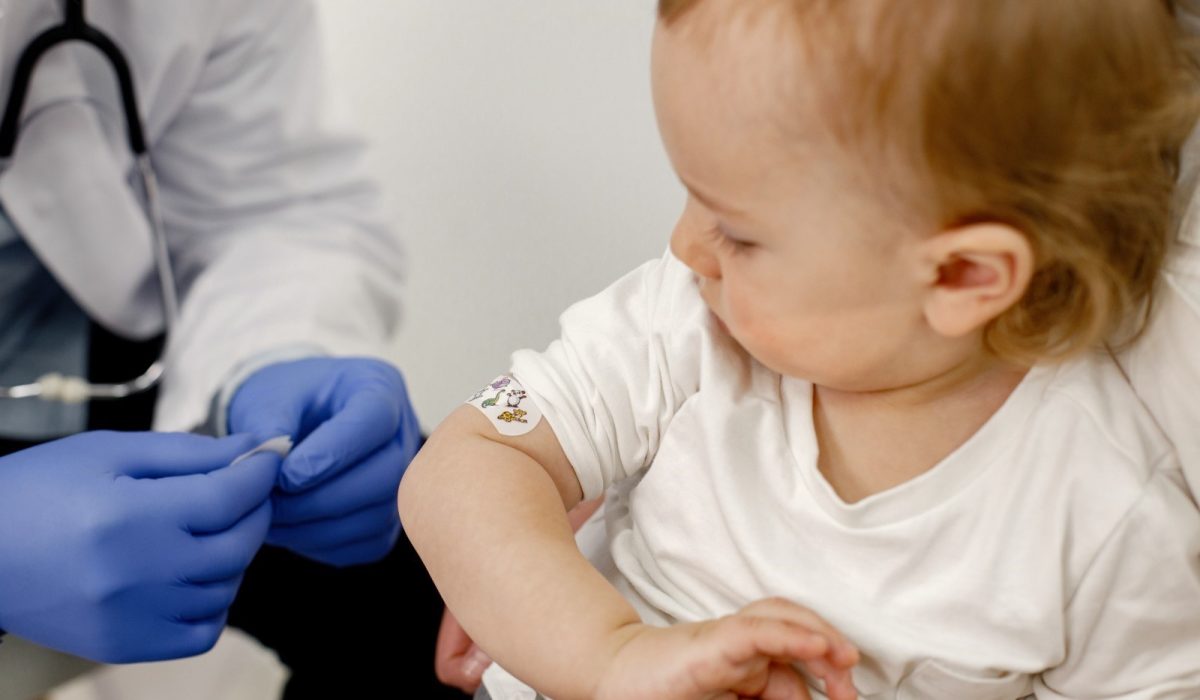Also known as varicella, is a viral infection caused by the varicella-zoster virus. It is a common childhood illness characterized by an itchy rash, blisters, and fever.
Signs and Symptoms of Chickenpox
- Fever
- General feeling of being unwell
- Rash on the face, chest, back, and limbs
- Small, fluid-filled blisters that break open and crust over
- Itching
Causes of Chickenpox
Chickenpox is caused by the varicella-zoster virus, which is highly contagious and spreads easily from person to person.
It can be spread through direct contact with an infected person or by breathing in the virus particles from the infected person’s cough or sneeze.
Diagnosis of Chickenpox
Chickenpox is usually diagnosed based on its characteristic symptoms.
A blood test can also be used to confirm the diagnosis.
Treatment of Chickenpox
Chickenpox is usually a mild illness that resolves on its own within a few weeks.
Treatment mainly involves managing the symptoms with,
- Antihistamines for itching
- Pain relievers for fever and discomfort
- Antiviral medications for people with weakened immune systems
Prevention of chickenpox
• The chickenpox vaccine is highly effective, preventing chickenpox in 98% of those who receive the two recommended doses.
• Children should receive the first dose of the vaccine between 12 and 15 months of age, and a booster between 4 and 6 years of age.
• Older children and adults who haven’t been vaccinated may receive catch-up doses of the vaccine to protect themselves from the disease.
• People who are unable to receive the vaccine should try to limit contact with infected individuals to avoid contracting the disease.
• It can be difficult to identify chickenpox before it becomes contagious, as the characteristic blisters may not appear until after the virus has already spread to others.
Tips to Help Your Child Deal with Chickenpox
- Make sure your child gets plenty of rest and fluids
- Press a cool, moist rag on the rash
- Keep your child cool
- Encourage your child, not to scratch
- Put a lotion with antihistamines on the rash
- Do not rub your child’s skin; instead, pat dry with a towel
- Use over-the-counter medications to reduce fever and relieve pain
- Keep your child’s surroundings clean
